Menstruation: An Understanding
Female Menstruation, also known as period(s) or menorrhoea, is a physical condition of cyclical discharge of blood and tissue debris from the lining of the uterus, that occurs approximately on a lunar monthly basis. This condition usually initiates in a female body at the age of adolescence(which marks the transition between childhood and adulthood of age 11 to 19 years) and cease to exist after menopause(about age 51). This process prepares the body for pregnancy every month. If there is no pregnancy, the uterus or womb, sheds its lining. Periods last from three to five days.
Another pertinent concept that falls in this gamut is Premenstrual Syndrome (PMS). A week or two before the notice or scheduled date of the cycle, the body starts to exhibit symptoms, in the form of headache, mood swings, or other physical and emotional changes. The propensity of these symptoms stands to be different from person to person. A few have move severe symptoms that disrupt work or personal relationships, which is known as premenstrual dysphoric disorder (PMDD).
Environmental implications of conventional menstrual practices have been known for a time now. While in one of our previous blogs, we had talked about the need for sustainable menstruation resources for all, this blog touches on a different concept. This blog talks about sustainable menstruation but more from an environmental conservation perspective. If however, sustainable menstruation from a human development perspective is what interest you, do check out our previous blog on the topic.
Sustainable Menstruation: Revision
The most common products used by females during their menstrual cycle are Disposable Sanitary Napkins, which surprisingly though, happen to be the root cause of various periodic irregularities, constant Urinary Tract Infections ( DSNs), etc.
Research has suggested that the industrially manufactured, disposable sanitary pad requires about 500-800 years to decompose. Thousands of tons of disposable sanitary waste is generated every month all over the world. Approximately 432 million sanitary napkins are generated in India yearly, which has the potential to cover landfills spread over 24 hectares.
Most of the materials used in the production of these pads are non-biodegradable and have potential health and environmental hazards. Around 336 million girls and women experience menstruation in India, out of which a meagre 121 million use sanitary napkins. According to a recent report, around 160 tonnes of garbage produced in metro cities, each day, out of which 90 tonnes is sanitary pads and diapers. All these have obviously detrimental implications on the ecological balance of the environment. Needless to say, this ‘monthly visitor’ has to be dealt with in a contemporary and more eco-friendly manner, defying all taboos and social stigmas, and thus the talk of Sustainable Menstruation has become relevant, more so than ever.
Products for Sustainable Menstruation
Due to their absorption of bodily fluids, and of course, their primary composition, tampons and pads become neither recyclable nor biodegradable. So if you are on-board for ‘making the red-green’, here are top picks for eco-friendly and ethical products, that can be used in place of those toxic plastic materials.
Menstrual Cup
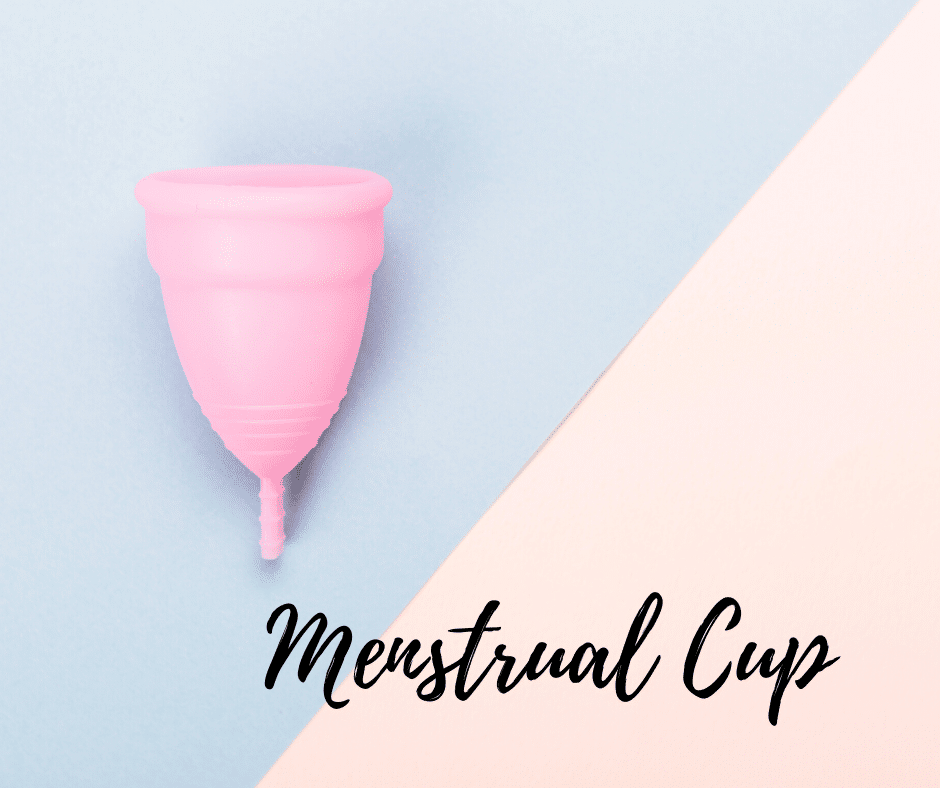
A menstrual cup is a feminine hygiene device that is inserted into the vagina during menstruation. It is a small flexible funnel-shaped cup, made out of fibre or silicone that can be inserted into the vagina which can catch and collect period fluids. Cups hold more fluids than any other menstrual product. Depending on the flow, one can wear a cup for up to 12 hours. Since these are reusable, many women use it as an eco-friendly alternative to tampons. A new practice for dealing with those ‘bloody’ days, which is also pocket –friendly, menstrual cups are gaining their deserved popularity and in turn, promoting the cause for sustainable menstruation
Period Underwear
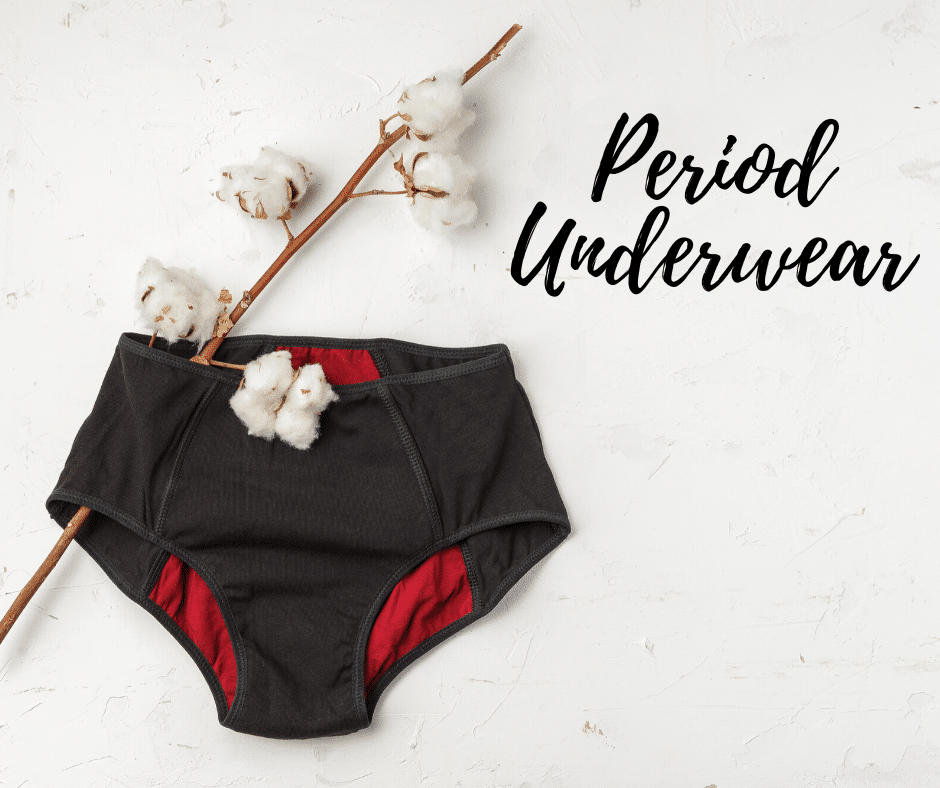
A lot of women find it discomforting to use an insertion product during periods, yet want to make a conscious eco-friendly purchase decision. Period panty is the answer to all their problems. Period panty is a pair of absorbent underwear that catch your flow and you do not need any other product over it. Although it’s on the slightly expensive side, a period panty is a good solution for sustainable menstruation. Depending on the flow, you will likely need many pairs per cycle. But since they are washable and reusable, a few pairs will make time for washing and drying. These period underwear have created a fan base for themselves, and a lot of women swear by them. The comfort and ease of use make them an alluring menstrual choice for many, not to mention, gentle on the planet.
Tampons without Applicators
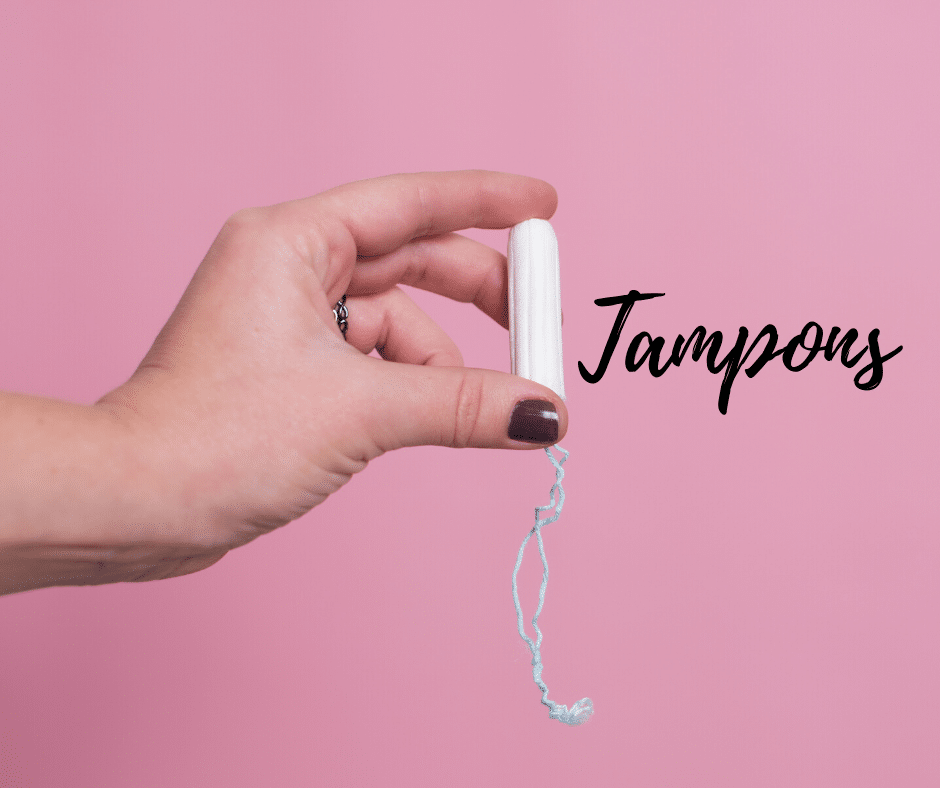
An exceptional revolutionary for the feminine hygiene industry in recent times, have to be tampons without applicators. Many brands make tampons that you insert with your fingers, no plastic applicator required. Consequently, such practices lead to curbing down plastic wastes, every time you use a tampon, to a considerable extent. If you are an ardent tampon fan and want to reduce your environmental footprint, this might just be your sustainable menstruation alternative.
Reusable Pads
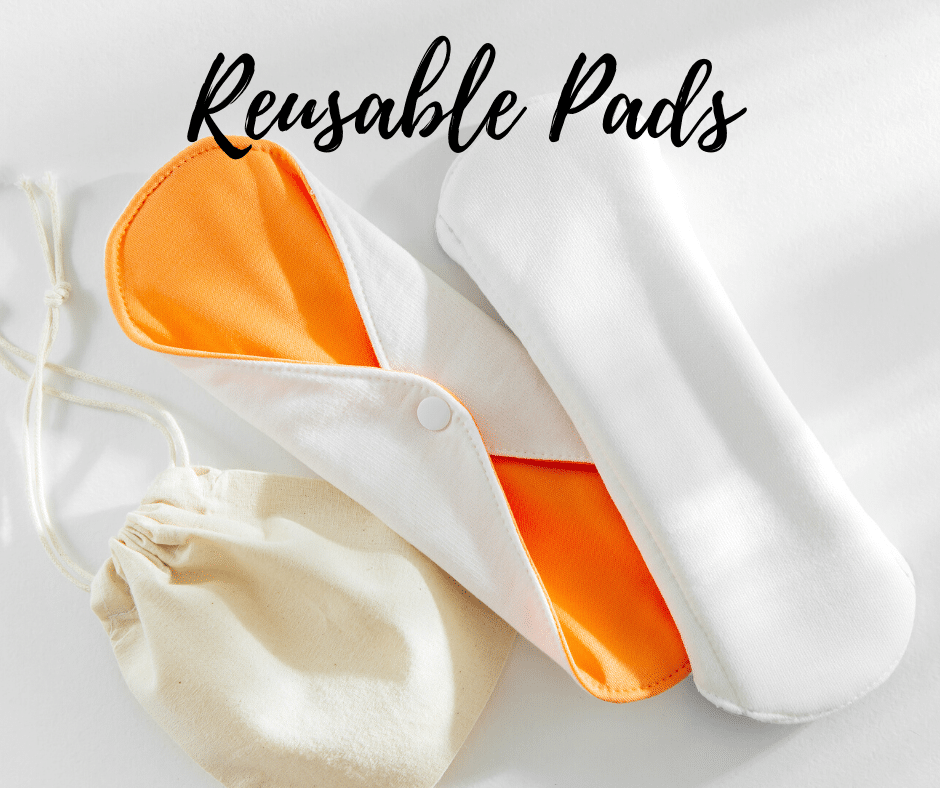
This is an archaic and rural practice among various parts of India, wherein a piece of cloth is used, instead of pads, to absorb the flow. This concept has been commercialized by many brands these days. Cloth pads are most similar to sanitary pads, in that you simply put them in your underwear and you are sorted. Once you feel the need to change, instead of tossing them into the trash, you rinse them in cold water and add in the laundry. It is an amazing hack, to maintain the biodiversity and ecological balance of the environment. Also, it is pocket-friendly.
Soft discs
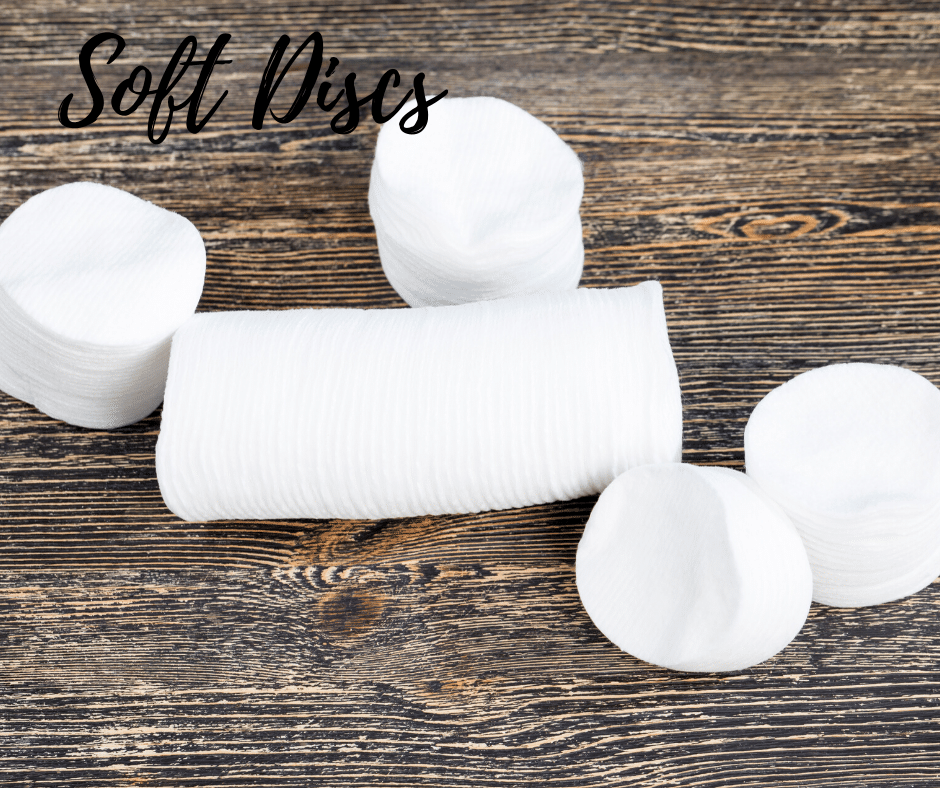
Soft discs can be considered as a dupe for a menstrual cup. However, the mechanism is slightly different. “Softcup” is inserted into the vagina and is meant to collect the flow, instead of absorbing it. However, soft discs aren’t reusable. This is an amazing, alternative for people who are uneasy with the maintenance and hygiene required of reusing a menstrual cup, or who want to test how a cup feels before taking the plunge. Plus soft discs are reusable and hence for those with a sustainable menstruation agenda, these become a good choice.
Reusable Sea Sponges :
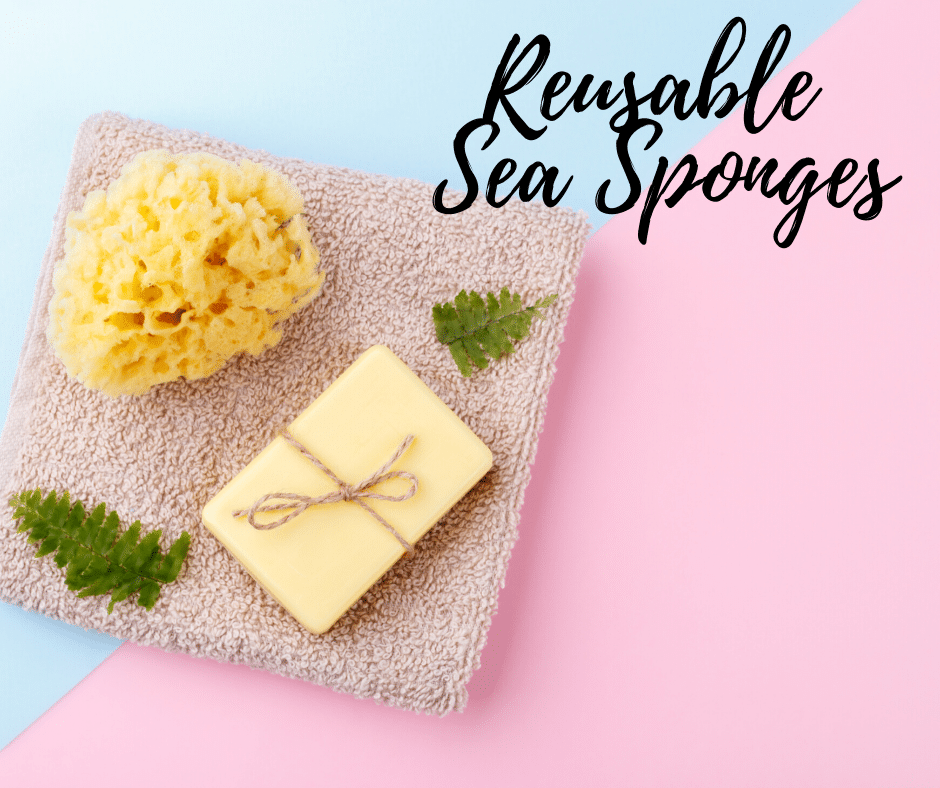
It is not necessary a contemporary practice of dealing with menstruation as they have been used for ages. Reusable sea sponges are inserted into the vagina and are natural unbleached and substantially safe. However, there has been a lot of contradicting views regarding the hygiene standards of the same, as sponges contain bacteria and sand and thereby it becomes difficult to clean, which can potentially affect the PH levels and natural bacteria of the vagina.
Conclusion
Since time immemorial, planet earth has suffered a lot. From tsunamis to volcanoes to forest fires, there always has been something or the other detrimental to the overall health of the planet. The impending climate change is undeniably alarming. But there is always room for people to make small, easy changes, that can be impactful. If you are a menstruating woman, you too should responsibly manage the same. Sustainable Menstruation is not an impossible dream to achieve and after all, the Shakti has always been the “Janani” of a revolution!! This time doesn’t have to be so different then!
Read Also:Top 5 Environmentally Sustainable Countries in the World.
SOME FAQ’s
Question – Can the future of periods be sustainable and cheap?
Answer– Yes, it’s time to promote sustainable menstruation hygiene. Menstruation sustainable products are new age products that are biodegradable, compostable and reusable.
These sustainable products are made up of cotton, banana and bamboo fiber.
Question- What are some of the best eco-friendly sustainable period products?
Answer- Tampon and biodegradable pads are some of the best menstrual sustainable products.
Over the past few years, some early age startups have taken initiatives to make menstruation sustainable.

